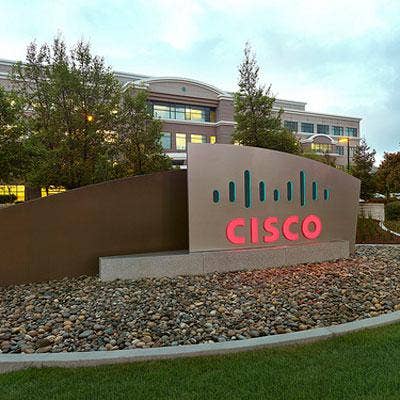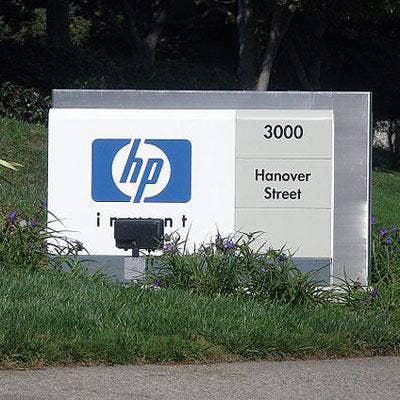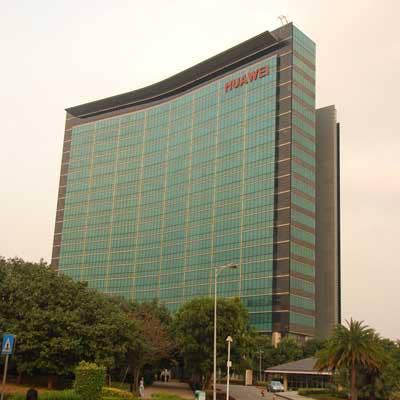Mobile World Congress 2014: 8 NFV Moves That Stole The Show

NFV In The Spotlight
There's no doubt about it: Network functions virtualization stole the show at the 2014 Mobile World Congress event in Barcelona.
But all the buzz wasn't exactly a surprise. With promises of significantly reducing telecom carrier costs and accelerating their delivery of new services, NFV, a close technology relative of SDN, has the potential to become one of the most talked-about technologies of the year.
To that end, vendors ranging from Cisco to Broadcom used MWC as an opportunity to tout their latest and greatest in NFV innovation. Here's a closer look at what eight companies and MWC show-goers had to offer.

Cisco
Cisco used this year's MWC event to showcase its new Evolved Services Platform, an NFV offering it said is already leaps and bounds ahead of the competition.
Cisco ESP is a unified virtualization and orchestration software platform for carriers, designed to automate and provision services across compute, storage and network functions in real time. The platform, according to Cisco, is different from some of those introduced by its rivals in that it doesn't just virtualize a single network function or service, but allows for virtualization across a carrier's enterprise architecture, including cloud, video, mobile and fixed networks.

Hewlett-Packard
Hewlett-Packard contributed to the NFV frenzy with the launch of OpenNFV, an open standards-based reference architecture that leverages HP's Virtual Services Router and SDN Controller.
OpenNFV, HP said, arms carriers with a complete NFV architectural play across servers, storage and networking, and can slash service provider costs by as much as 50 percent by moving them to industry-standard hardware.
HP also introduced OpenNFV Labs and an OpenNFV Partner Program to fuel the development of new NFV-based applications. Topping it all off, HP even unveiled a new business unit dedicated to NFV, led by HP Networking head Bethany Mayer.

Dell, Red Hat
Dell unveiled an extended partnership with Red Hat, through which the two companies will work together to create an OpenStack-based NFV solution. The aim, according to Dell, is to create an open NFV platform that carriers can use to manage their networks directly from the data center, rather than having to buy proprietary boxes from vendors such as Cisco, Juniper or Ericsson.
Beyond that, details of the integrated Dell-Red Hat solution were light, but the companies said a launch date was set for this year. Dell, in the meantime, also said it's taking on a leadership role in CloudNFV, an industry consortium focused on driving an open, cloud-based NFV model.

Alcatel-Lucent
Alcatel-Lucent made its NFV splash with the launch of a portfolio of virtualized mobile network function applications, including an evolved packet core (EPC), IP Multimedia Subsystem (IMS) and radio access network (RAN).
Alcatel-Lucent said virtualized EPC will help carriers automate the authentication and management of subscribers and the services they access, while the virtualized IMS solution speeds up the the delivery of multimedia services over IP networks.
Alcatel also said its virtualized RAN portfolio will encompass a virtualized 3G Radio Network Controller (RNC) and a virtualized proof of concept for LTE and LTE-Advanced Radio Access Networks.
Alcatel said it's already working with 20 service providers to embrace the NFV model.

Juniper Networks
Juniper Networks used MWC 2014 as a stage for a unveiling a suite of SDN and NFV technologies for service providers, all of which are designed to work alongside the Contrail SDN controller the networking giant introduced last year.
Juniper first took the wraps off Junos Fusion, new network management software that lets service providers automate and control thousands of network devices, including core and edge routers, along with optical or mobile devices, from a single management plane. The company also rolled out an SDN controller called NorthStar, targeted at the carrier market.

Wind River
Wind River added to the NFV buzz with the launch of the Wind River Carrier Grade Communications Server, an NFV platform the company said will help carriers migrate their existing networks to NFV architectures with minimal disruption and be able to deploy NFV applications "right out of the box."
The Wind River Carrier Grade Communications Server, available this quarter, is based on Wind River's Open Virtualization solution and the Intel Data Plane Development Kit, Wind River said. It's optimized to run on HP ProLiant servers and Intel Xeon processors for Communications Infrastructure Systems.

Broadcom
Broadcom at MWC broadened its NFV portfolio with the launch of Open NFV, an open-source platform the company said will accelerate carriers' adoption of NFV by allowing for the implementation of NFV applications across multiple system-on-a-chip (SoC) processors.
Broadcom said OEMs and other vendors can leverage Open NFV to more easily migrate virtualized functions between platforms that are based on multiple vendor solutions.
Broadcom first staked its claim in the NFV market in October, when unveiled plans to develop an ARM-based CPU core with what it called "true server-class performance" for NFV environments.

Huawei
Huawei had a number of NFV solutions on display at this year's MWC event, including CloudEdge, an NFV solution designed for mobile broadband networks (MBB). According to Huawei, CloudEdge allows carriers to automate network management functions and more quickly go to market with new machine-to-machine, mobile video and mobile enterprise applications.
Huawei also showcased FusionSphere, an open-source cloud computing platform designed to help carriers migrate their IT services and telecom services to the cloud.
Earlier this year, Huawei said NFV will be the main focus of its R&D efforts over the next five years.